Trees are vital to our planet’s health and our well-being. Some trees are so rare that they exist only in small pockets around the world. This list explores these rare treasures, detailing their unique characteristics and habitats.
Monkey Puzzle Tree (Araucaria araucana)
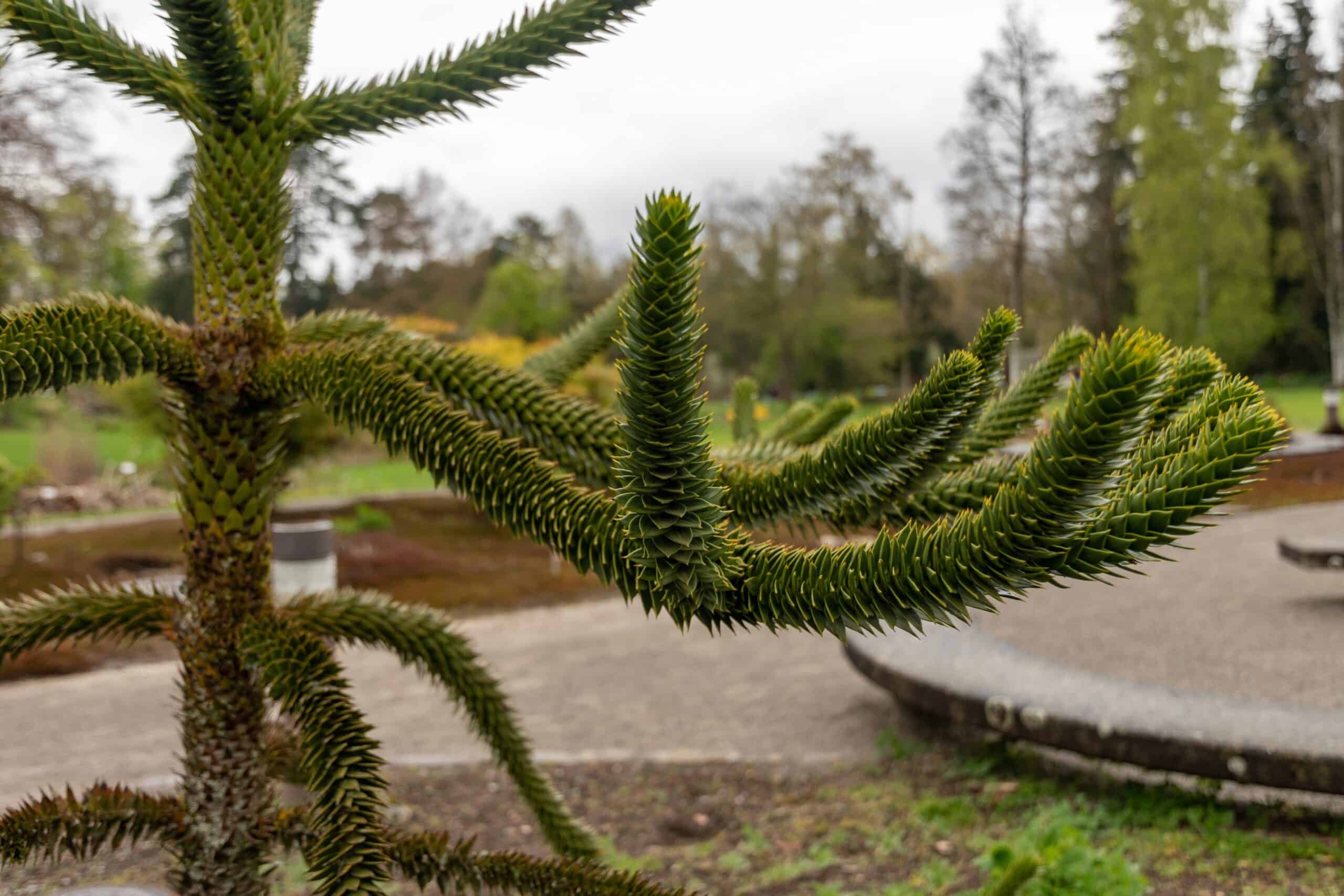
The Monkey Puzzle Tree stands out with its sharply pointed, spiraling leaves that resemble a reptile’s scales. It’s an evergreen with a prehistoric lineage, often referred to as a “living fossil.” The tree can grow up to 50 meters tall and lives for over 1,000 years. It produces large, edible seeds, known locally as piñones. Native to Chile and Argentina, it thrives in temperate rainforests and mountainous regions. Classified as moderately rare, its distinct appearance and ancient origin make it a fascinating subject of study and conservation.
Wollemi Pine (Wollemia nobilis)
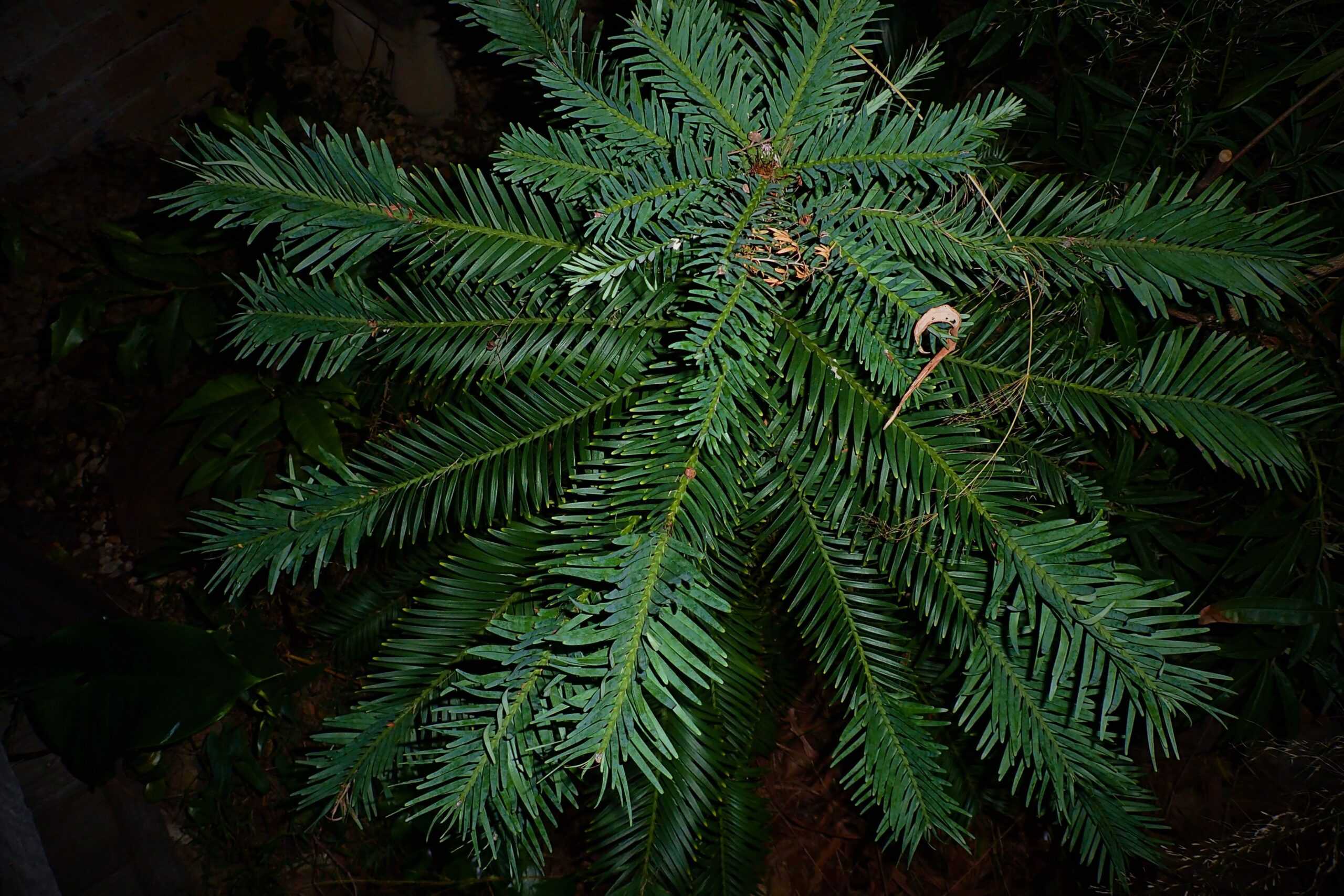
Discovered in 1994, the Wollemi Pine was a botanical sensation, as it was previously thought extinct. Its unique, bubbly bark resembles chocolate, and it features fern-like foliage. The tree can grow up to 40 meters tall and has a lifespan of several hundred years. Its cones are large and distinctive, adding to its prehistoric allure. Found in Wollemi National Park, Australia, this tree lives in deep, narrow gorges. Moderately rare, the Wollemi Pine’s discovery has given hope to conservationists and sparked efforts to protect other hidden botanical wonders.
Dragon Blood Tree (Dracaena cinnabari)
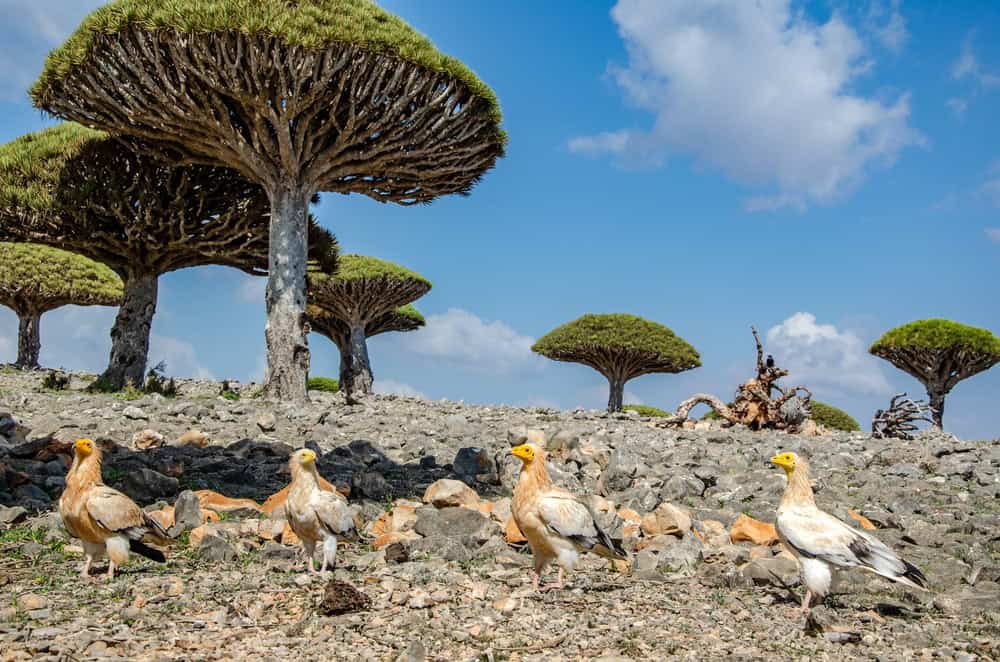
The Dragon Blood Tree is named for its red sap, which has medicinal and dye properties. Its umbrella-shaped canopy helps it survive in arid environments by reducing water loss. The tree grows up to 10 meters tall and can live for several centuries. Native to Socotra Island, Yemen, it thrives in dry, rocky conditions. This tree is an iconic symbol of the island’s unique biodiversity. Classified as moderately rare, the Dragon Blood Tree’s striking appearance and ecological importance make it a key species for conservation efforts.
Bristlecone Pine (Pinus longaeva)
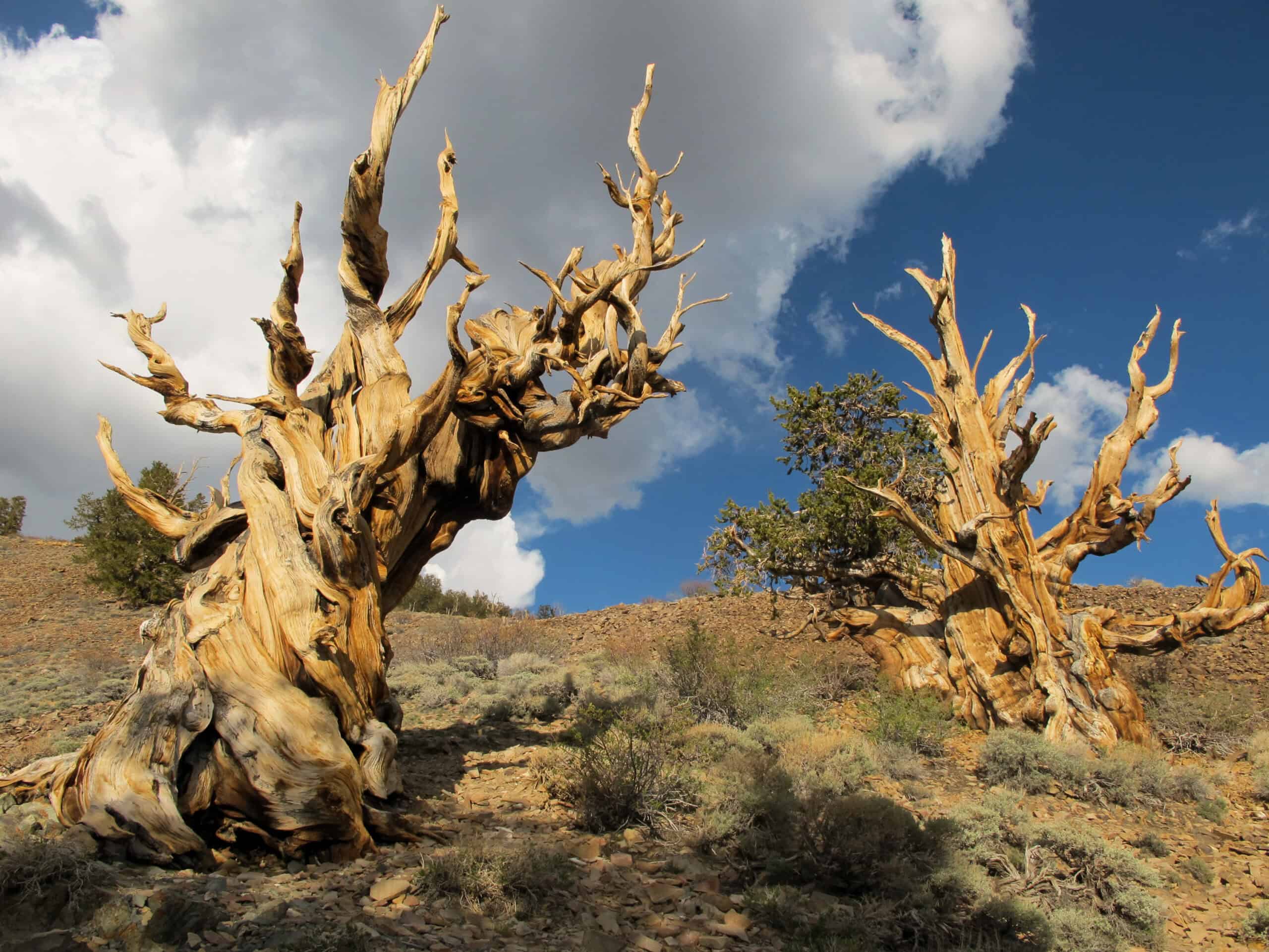
Known for their incredible longevity, some Bristlecone Pines are over 5,000 years old, making them the oldest living non-clonal organisms. They have gnarled, twisted trunks and branches, often with a striking appearance due to their age and harsh growing conditions. Their needles are long and can remain on the tree for up to 30 years. Found in the high altitudes of the southwestern United States, particularly in the White Mountains of California and Nevada. Moderately rare, the Bristlecone Pine’s resilience and age make it a natural wonder and a focus of scientific research and conservation.
Franklin Tree (Franklinia alatamaha)
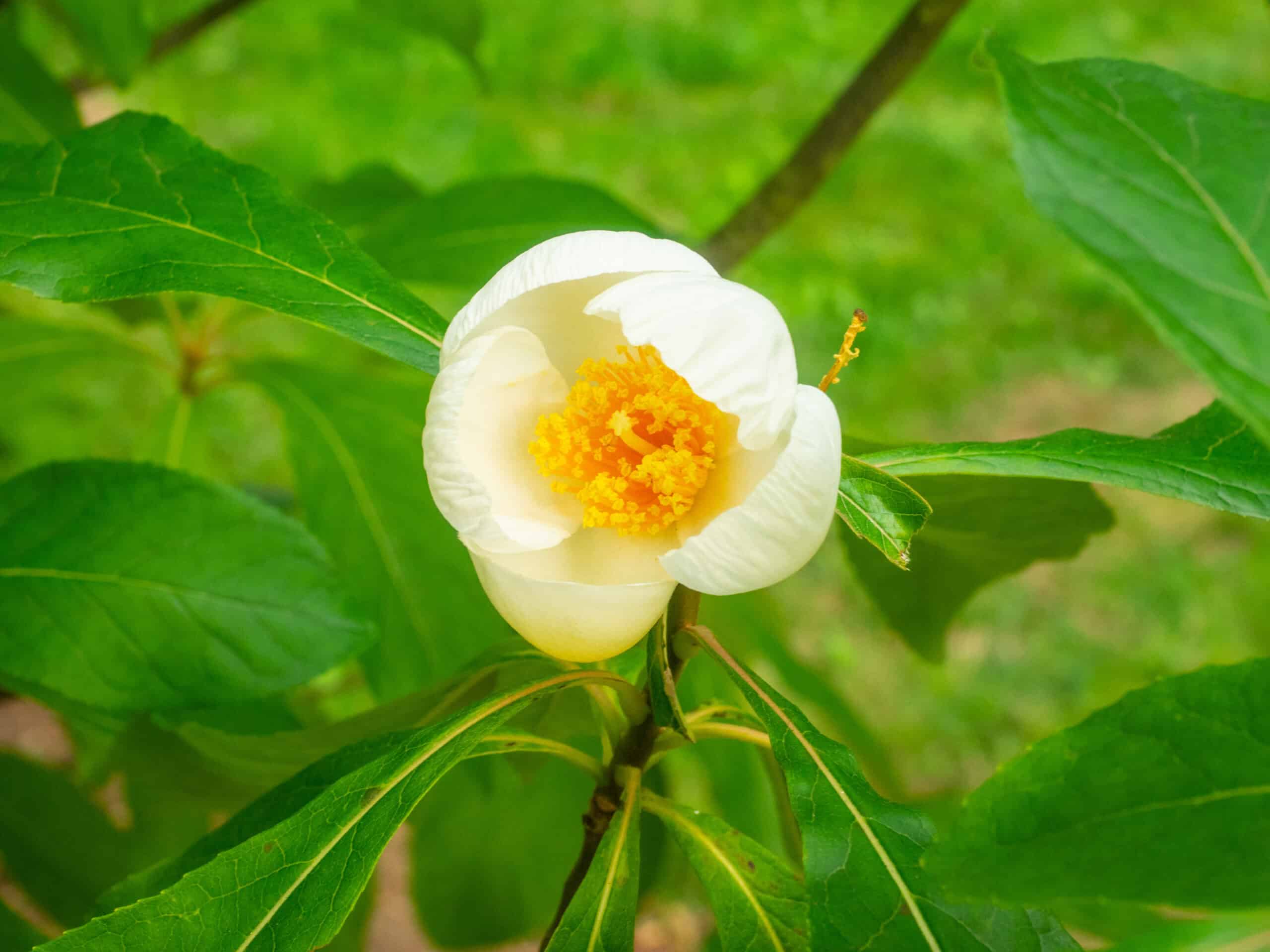
The Franklin Tree is native to the Altamaha River valley in Georgia, USA. However, it is extinct in the wild since the early 1800s. It now survives only in cultivation, in botanical gardens and private collections. This small tree features fragrant, white flowers with bright yellow centers, blooming in late summer to fall. Its glossy green leaves turn a vibrant red in autumn. Classified as rare, it holds historical significance and aesthetic appeal, attracting gardeners and botanists alike.
Bois Dentelle (Elaeocarpus bojeri)
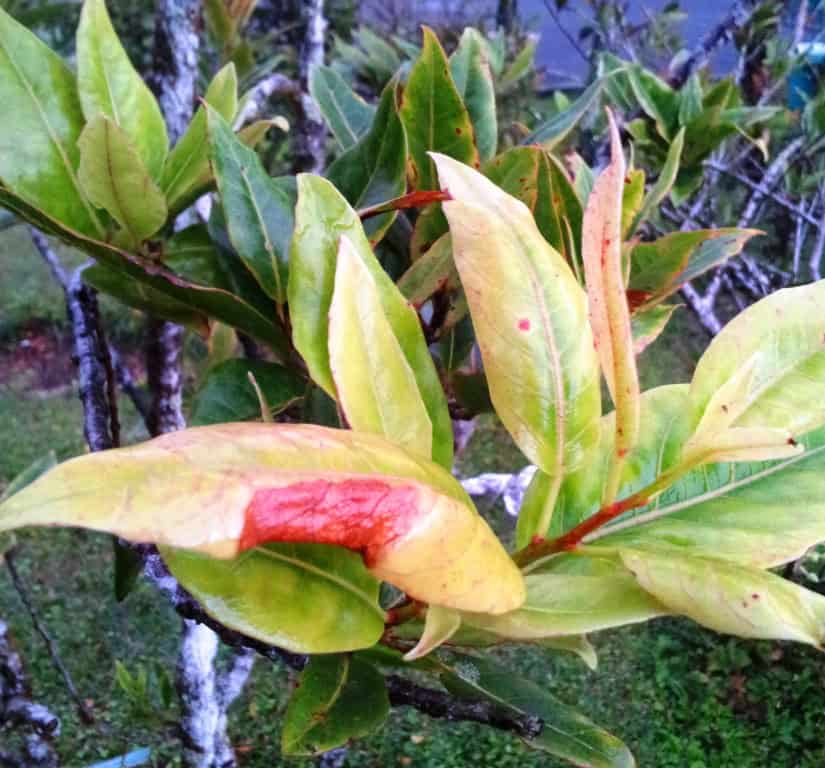
This critically endangered tree is native to Mauritius. It grows in the moist, shaded understories of the island’s remaining forest patches. Bois Dentelle is known for its delicate, lace-like white flowers that resemble lace. It has smooth, dark green leaves that provide a beautiful contrast to its flowers. With only two known wild specimens, this rare tree highlights the fragile state of Mauritius’s native flora.
Three Kings Kaikōmako (Pennantia Baylisiana)
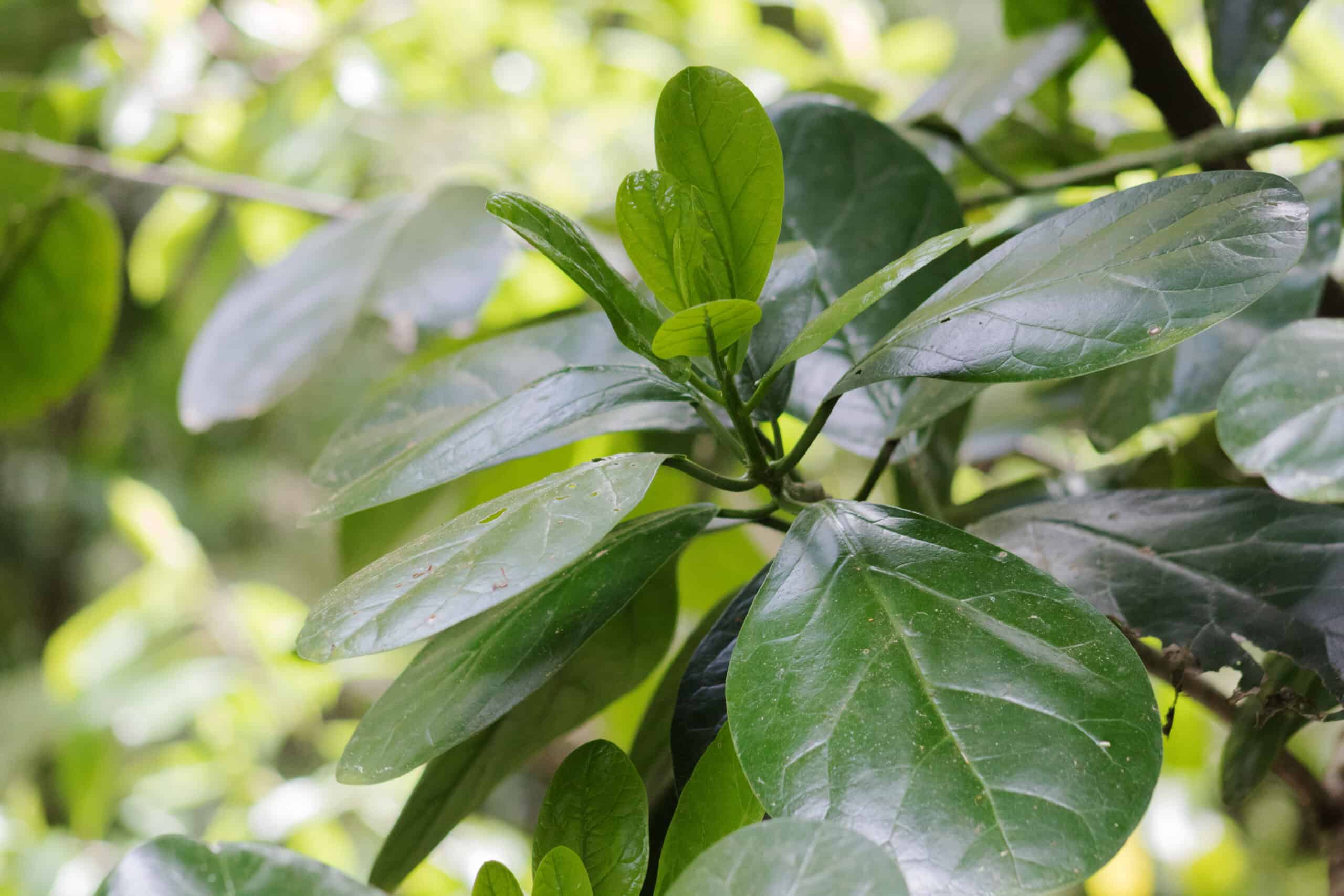
This tree is native to the Three Kings Islands of New Zealand. Only one known wild specimen exists, making it critically endangered. Pennantia Baylisiana grows as a small tree with glossy green leaves and small, greenish-white flowers. It produces dark purple fruits. Rare and critically endangered, it represents the extreme vulnerability of some plant species to extinction.
African Blackwood (Dalbergia melanoxylon)
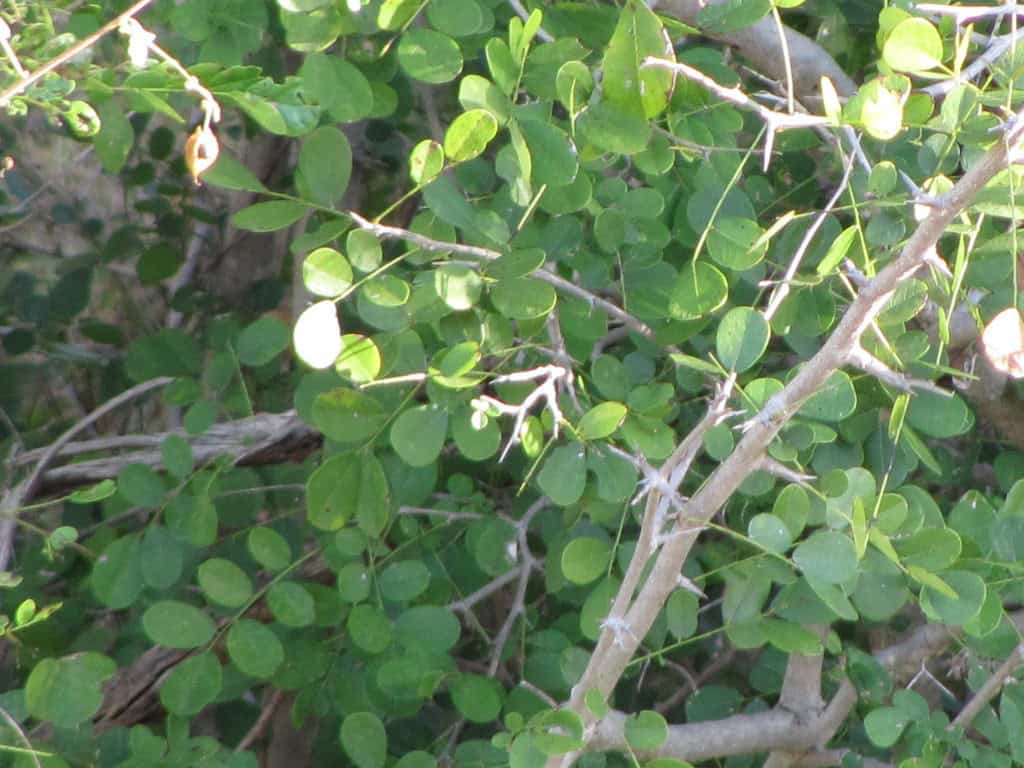
The African Blackwood is native to the dry savannas of Africa, particularly in countries like Tanzania and Mozambique. It thrives in arid environments with well-drained soils. This tree is highly valued for its dense, dark heartwood, which is used to make musical instruments and fine furniture. It can grow up to 15 meters tall and has small, white or yellowish flowers. Classified as very rare, its slow growth and overharvesting have led to significant population declines.
Kokia (Kokia drynarioides)
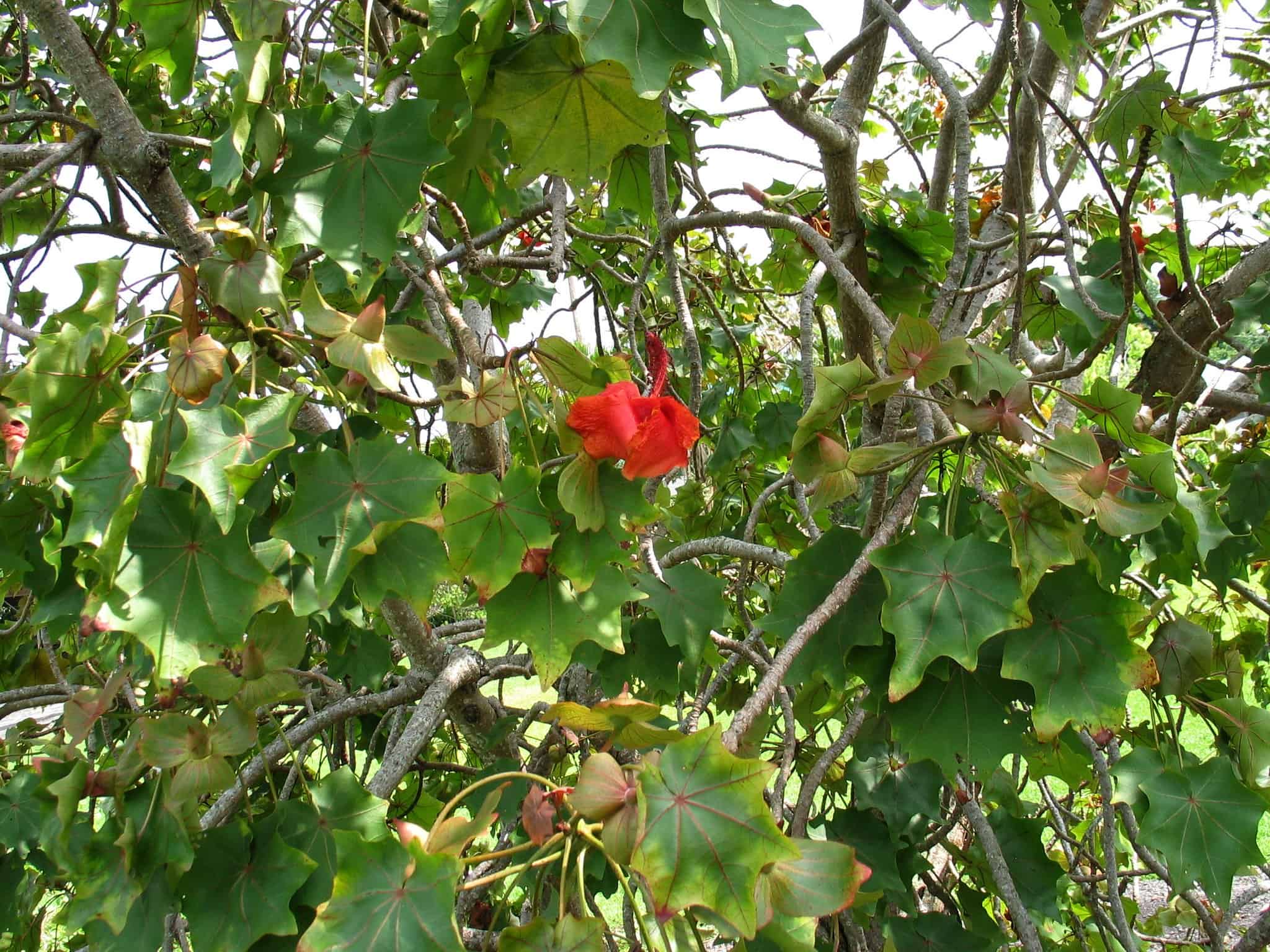
The Kokia tree is endemic to Hawaii, specifically on the islands of Oahu and Hawaii. It prefers dry, lowland forests and rocky slopes. This tree is notable for its vibrant red flowers, which bloom throughout the year. It can grow up to 10 meters tall and has large, heart-shaped leaves. Classified as very rare, it faces threats from habitat destruction and invasive species, making conservation efforts critical.
Alerce (Fitzroya cupressoides)
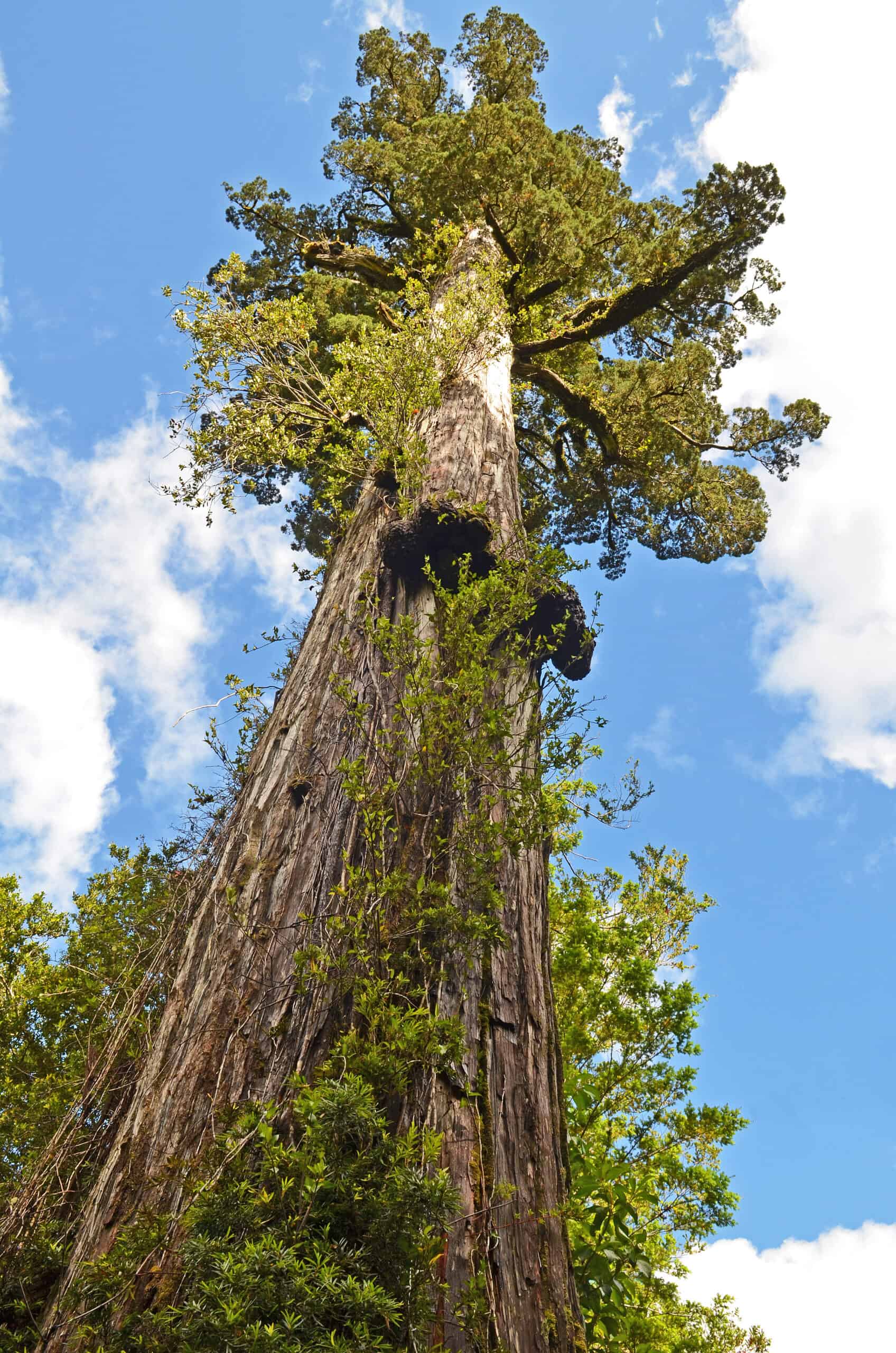
Native to the temperate rainforests of southern Chile and Argentina, the Alerce tree grows in cool, wet environments. It is often found in coastal and Andean regions. The Alerce is one of the longest-living tree species, with some individuals over 3,600 years old. It has a straight trunk, thick bark, and small, scale-like leaves. Very rare and slow-growing, it is highly valued for its durable, decay-resistant wood, which has been heavily logged, leading to its current endangered status.
Jabuticaba (Plinia cauliflora)
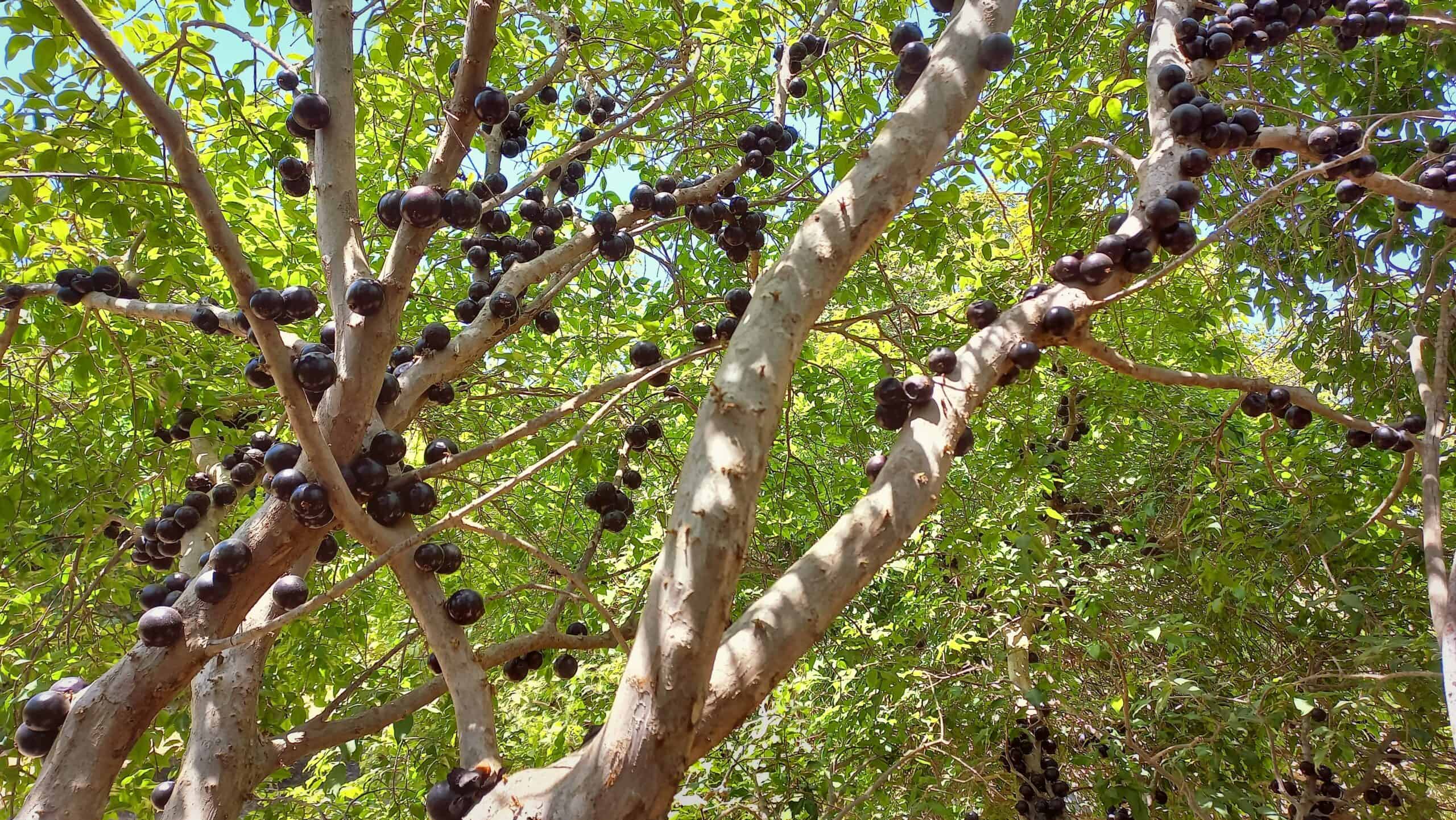
The Jabuticaba tree is native to Brazil and thrives in subtropical climates. It prefers moist, well-drained soils and is commonly found in gardens and orchards. This tree is unique for its fruit that grows directly on the trunk and branches, resembling grapes. The fruit is sweet and used in jellies, wines, and liqueurs. One of the rarest, the Jabuticaba tree’s striking appearance and delicious fruit make it a favorite among those who cultivate it.
Japanese Sugi Pine (Cryptomeria japonica)
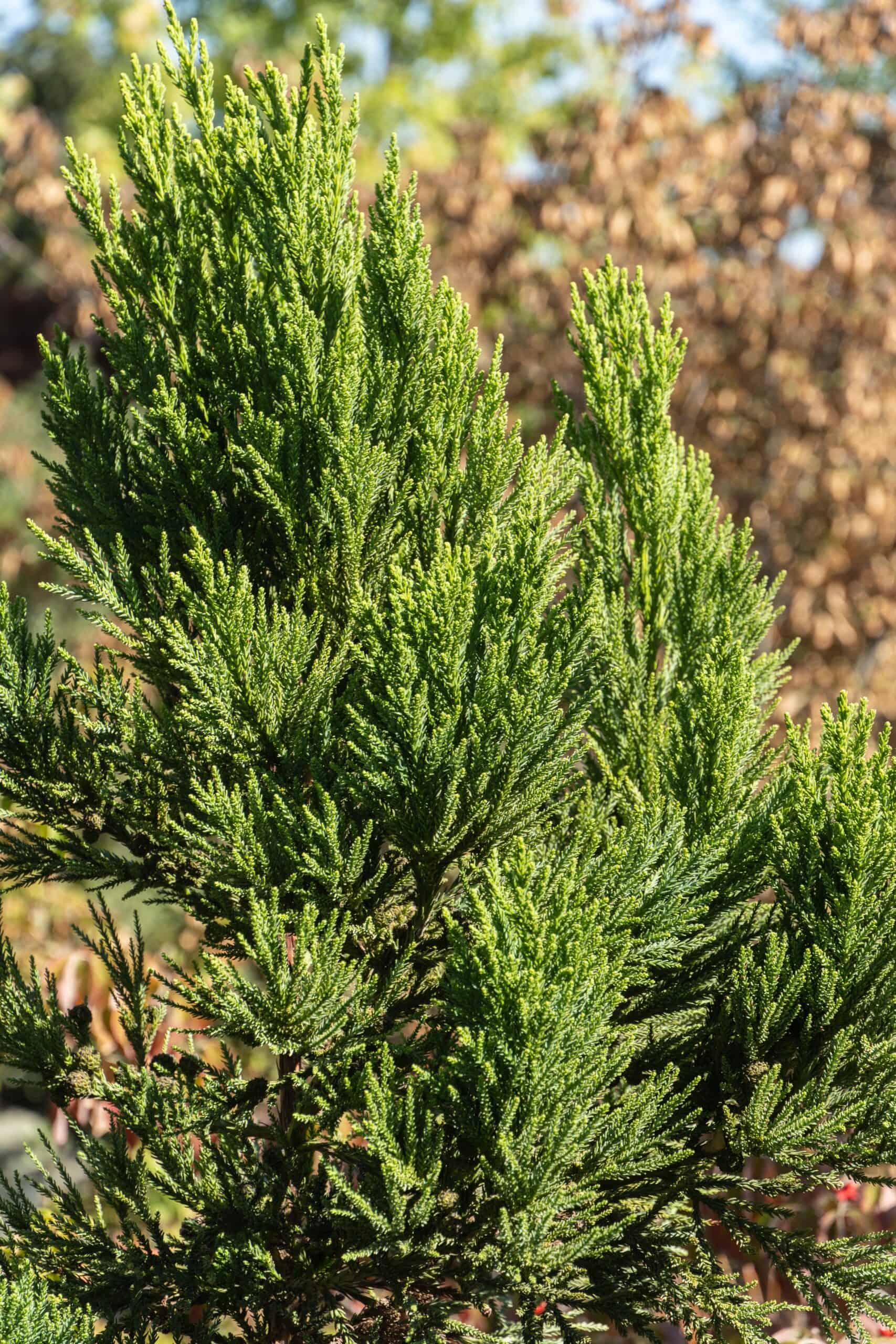
The Japanese Sugi Pine is native to Japan and thrives in temperate climates. It is often found in mountainous regions and is a common sight around temples and shrines. Known for its fragrant wood and towering height, the Sugi Pine can grow up to 70 meters tall. It has a conical shape and reddish-brown bark that peels in vertical strips. This tree, which is among the rarest in the world, is very important to Japanese culture and is frequently planted as a sign of perseverance and longevity.
Big-Leaf Mahogany (Swietenia macrophylla)
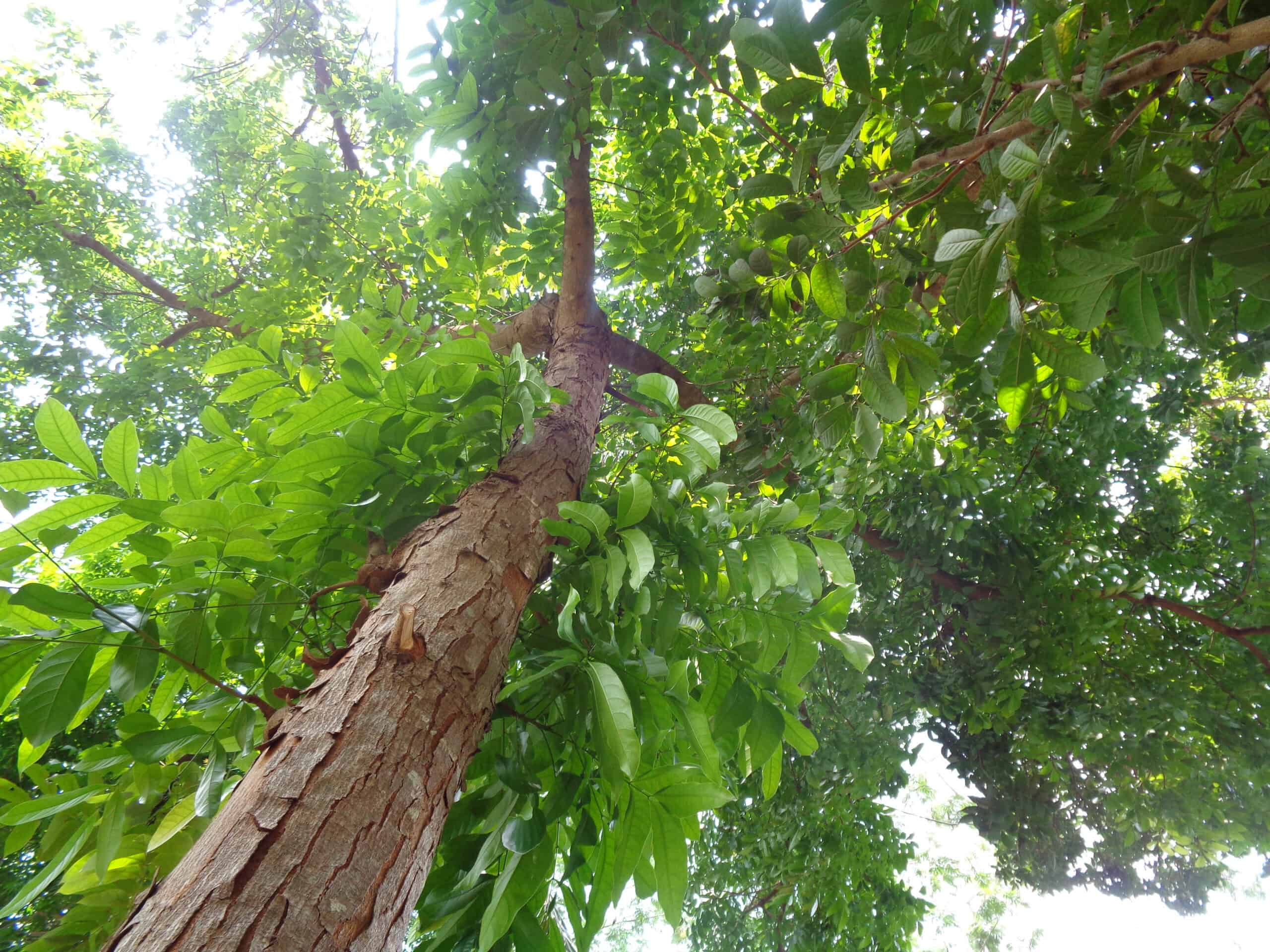
Native to Central and South America, the Big-Leaf Mahogany grows in tropical rainforests. It prefers rich, well-drained soils and can be found in countries like Brazil, Peru, and Bolivia. This tree is highly valued for its high-quality timber, which is used in furniture and musical instruments. It can grow up to 60 meters tall and has large, pinnate leaves. The world’s rarest tree, the Big-Leaf Mahogany, is threatened by illicit logging and habitat degradation, making conservation essential.
This article originally appeared on Rarest.org.
More from Rarest.org
17 Most Valuable Foreign Currency Notes

Foreign currency notes are not only a medium of exchange but also a reflection of a country’s history, culture, and economic stature. Among the myriad of notes circulating globally, some stand out due to their high value and unique designs. Read More.
1943 Lincoln Steel Penny Value Guide
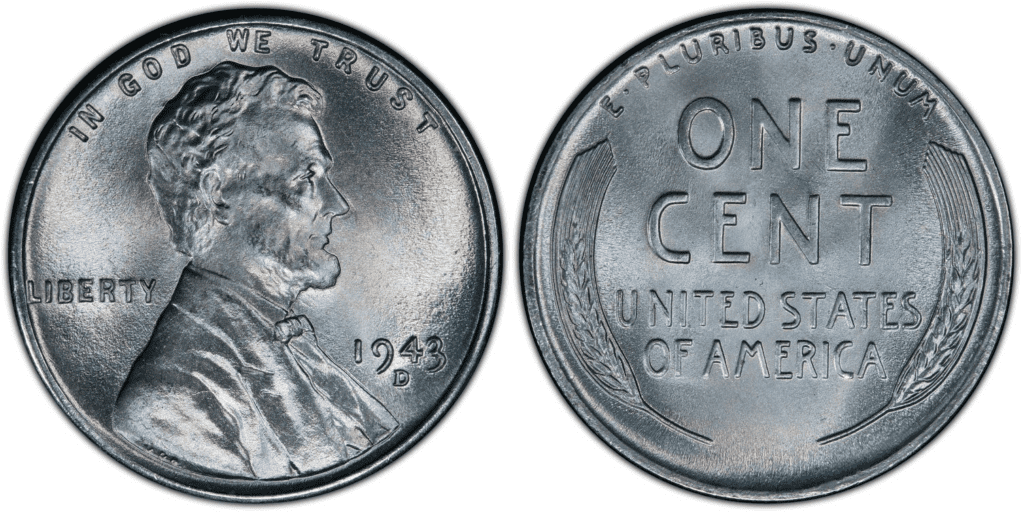
The 1943 Lincoln steel penny is perhaps the most unique type of penny coin in the entire series of Lincoln penny. For one, it is the only year when the Lincoln penny was struck in steel. Read More.
16 Ultra-Rare American Banknotes
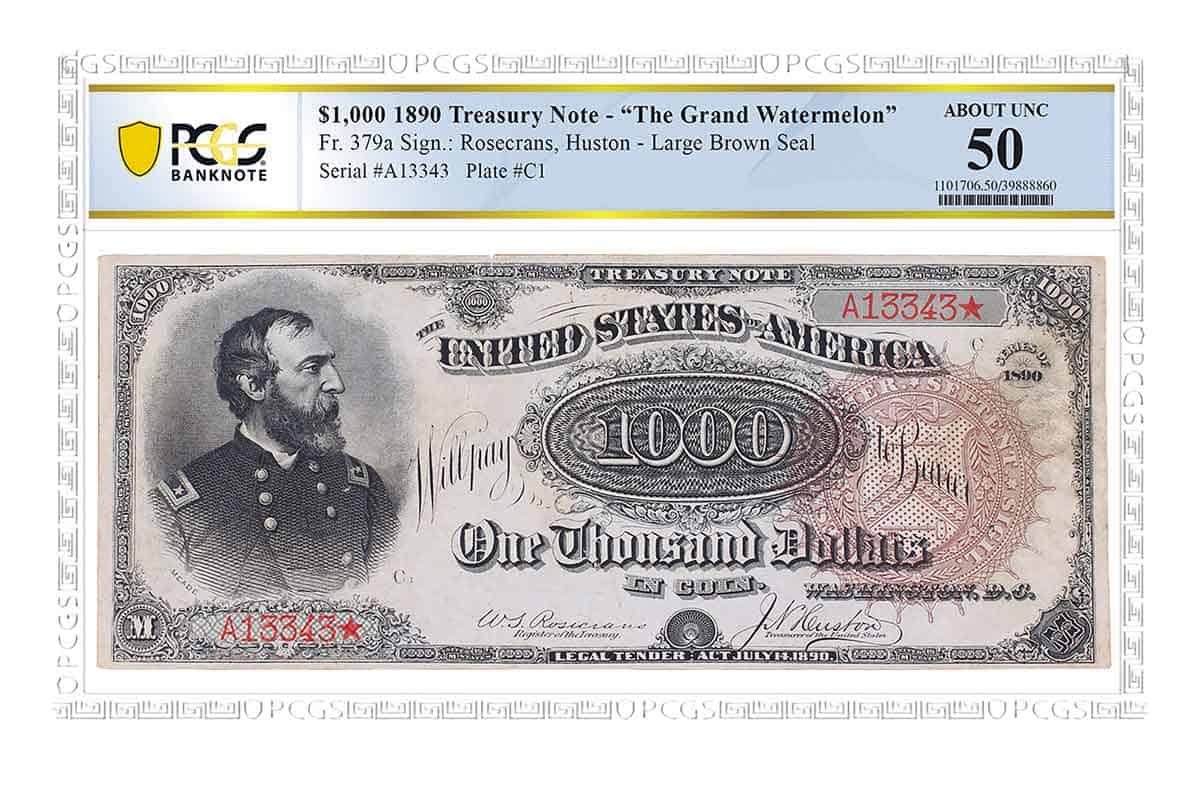
Collecting rare banknotes is a fascinating hobby that offers a glimpse into the history and artistry of currency from around the world. These unique pieces not only tell stories of economic history but also showcase intricate designs and significant historical figures. Read More.
